The History of European Swords - Part 1
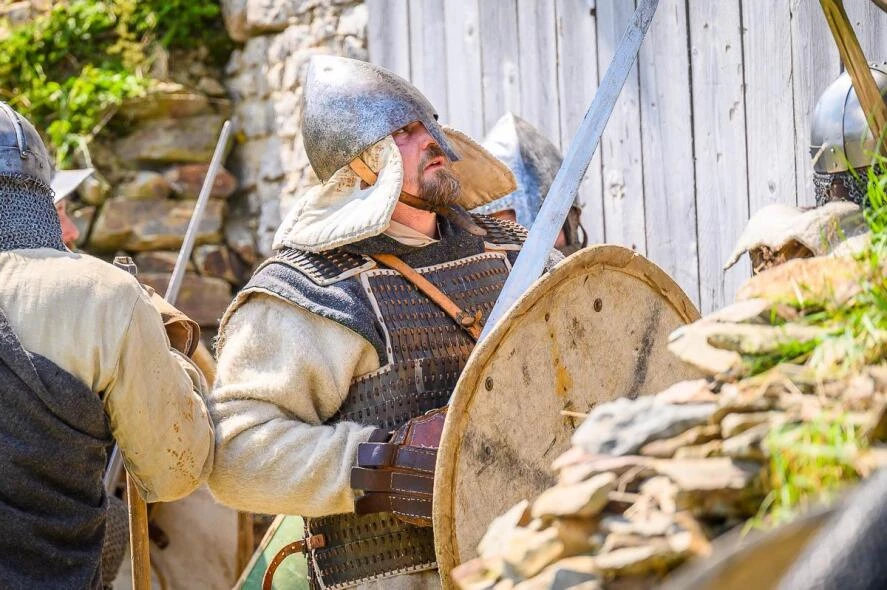
Contents
From the Bronze Age to the Iron Age
When people learned to smelt copper in the late 3rd millennium BC, they began to forge not only tools and ornaments, but also weapons. But copper was rather soft. Much later on, people discovered that throwing 7-9% tin, and some zinc and lead to the mix, creates a new, much stronger metal. And so, bronze was born and with it, the Bronze Age began.
Bronze made it possible to create weapons with blades longer than daggers. This is how the first swords were created - weapons that soon began changing the map of Europe. The cultures with the best swords occupied an increasingly large territory between about 1200 and 800 BC. Typical swords of this era were cast as one piece - with a relatively short hilt and an elegant blade, resembling a long, slightly wavy leaf with a distinctive central rib. It was used for cutting and stabbing.
Bronze swords were also used by the heroes of the Trojan War. Their slender, pointed blades were up to 90 cm long, the pillar-shaped hilt did not have a sword-guard and was richly decorated. However, such swords, most famously used by the Mycenaean warriors, disappeared around the 12th century BC, and were replaced by iron swords.
Iron swords were significantly shorter, resembling daggers. During the Greco-Persian Wars and later, they became a secondary weapon of the Greek hoplites. Hoplites were heavily armed infantrymen who attacked in a close military formation called a phalanx, protecting themselves with large shields, armed with spears. In close combat, the hoplites drew their short swords, worn at their left hip. These swords, with their leaf-shaped iron blades, were intended for stabbing attacks.
Hallstatt and Celtic Swords
We know quite a lot about the culture and warfare of Ancient Greece. However, a veil of mystery shrouds the rest of Europe. The little we know comes from the findings in the town of Hallstatt near Salzburg, Austria. Several burial sites from 7th-4th century BC were found in this area in the middle of 19th century. The findings showed that the region was a significant cultural centre of the Late Bronze Age and Early Iron Age. The “Hallstatt culture” spread across other parts of Europe.
A lithograph from the late 19th century showing bronze artefacts of the Hallstatt culture, including swords. (Kultur der Metallzeit I, Bibliographisches Institut in Leipzig. Meyers Konv.-Lexikon, 5. Aufl.)
The success of the Hallstatt culture was based on the use of horses, chariots and swords. Busy trade and exchange routes were established around Alpine crossings. Hallstatt chieftains were buried in ceremonial chariots with various luxury artefacts, including swords.
Iron swords of the Hallstatt period had up to 95cm long blades, with blunted triangular tips unsuitable for stabbing. It was clearly a sword for broad cutting attacks adapted to horse warfare.
Swordsmanship reached its peak in the times of the Celts, who occupied European territory from about the 3rd century B.C. They also named the region of today's Czechia - Boiohemum, Bohemia - derived from the Boii people.
This period is also known as the “Hungarian sword style” - known for beautifully decorated cavalry swords, best swords since the Mycenaean period. Their blades were around 80 cm long, they were broad with parallel edges and a blunt, sometimes even rounded tip. This period was named La Tène period after an important archaeological site of La Tène in Switzerland.
A decorative replica of a Celtic anthropomorphic sword
Roman Imperial Period
A typical Roman sword was called gladius. It was a sword used by foot soldiers, with no cross-guard and with a triangular tip. The blade was short - usually around 50 cm - the hilt ending with a spherical pommel. Gladius was effective in close combat, especially for cutting attacks. Gladiuses (or gladii) were mass produced to equip as many gladiators and legionaries as possible. However, there were also luxury versions of the gladius swords forged for wealthy senators, warlords and emperors.
Spiculus Gladius with a luxury design
From lands of the North, inhabited by the Celts and Germans, the Romans adopted a type of sword with a somewhat longer blade, called spatha. The term “spatha” inspired many names of swords in various European languages: espada, spada, spathe, épée.
Dark Age
After the fall of the Eastern Roman Empire, the Migration Period began. The times of marauding bands of outlaws, Europe saw a decline in crafts and trade. Swords were difficult to forge and became a luxury, owned only by the elite. The masses had to make do with ordinary spears and axes.
Sword spatha from the Dark Age
In the Dark Ages, swords were precious artifacts, buried with the chieftains to accompany them in the afterlife. This is reflected not only in archaeological findings, but also in myths based on older (mostly Celtic) traditions that were recorded in writing.
Most of us have heard about the mythical sword Excalibur, given to King Arthur by the Lady of the Lake. In the ancient Old English epic poem Beowulf, the sword Hrunting was given to Beowulf. Another sword is mentioned by the Valkyrie Svafa in the Icelandic epic literary work, the Edda: “Sword of a hero has a pommel with a ring and valour in the blade. The blade brings terror, the blood-worm lies on the blade's leaf, a serpent coils around it.”
The valkyrie was not lying - swords with ring-decorated pommels were indeed found. In most findings, only rusted remnants of the blades were preserved. But more information is provided by the ruler of Italy, Theodoric, who mentions Germanic swords around 525: “their blades are so curiously wrought that they seem to be swarming with worms, wrought from metals of various colours and shades”. Yes, he was talking about the popular Damascus steel, as imitated by Germanic swordsmiths. The cost of such weapons was astronomical - only noble kings could afford it.
Swords in Central Europe
In our older articles, we already talked about Viking swords. But swords made by contemporaries of the Vikings, the master-smiths in Bohemia and Moravia, are often, and somewhat unjustifiably, left out.
Great Moravian sword and other parts of military equipment in the exposition of the Pohansko Museum near Breclav, Czechia (Photo: Edgar Pachta)
Swords designed for elite cavalry soldiers were found in places of the former Great Moravian forts from 9th century. Most of them do not differ much from the sword types typical for the era. The sword blade was 75 cm long, with a short guard and a multi-part pommel. However, we should mention a couple of innovative swords with a longer blade (over 80 cm) with welded edges, an elongated guard and a one-piece pommel. Experts believe that they were a century ahead of their time.
Central European swords kept up with the West, but the main centres for sword-making were concentrated in the regions around iron ore mines: Rhineland in southern Germany, Upper Austria and the regions between present-day Lutych and Solingen.
The local craftsmen also specialized in custom-made swords for wealthy customers. The core was made out of an iron bar. The glowing bar was folded and sandwiched together like a ribbon. The blade was then reinforced with hardened strips of iron, the surface carefully polished. It is likely that some of the luxury swords of the Moravian and Bohemian nobles were also forged by these blacksmiths.
Wenceslaus, King of Bohemia, was known to have wielded a sword very well. Around the year 930, he snatched the sword out of the hand of an attacker and successfully fought back until he was eventually outnumbered and defeated.
The author of this article, Edgar Pachta, used the following book as the primary source of information: Ludiše Letošníková, Zbraně, šerm a mečíři (“Weapons, fencing and swordsmen”), Prague 1983.

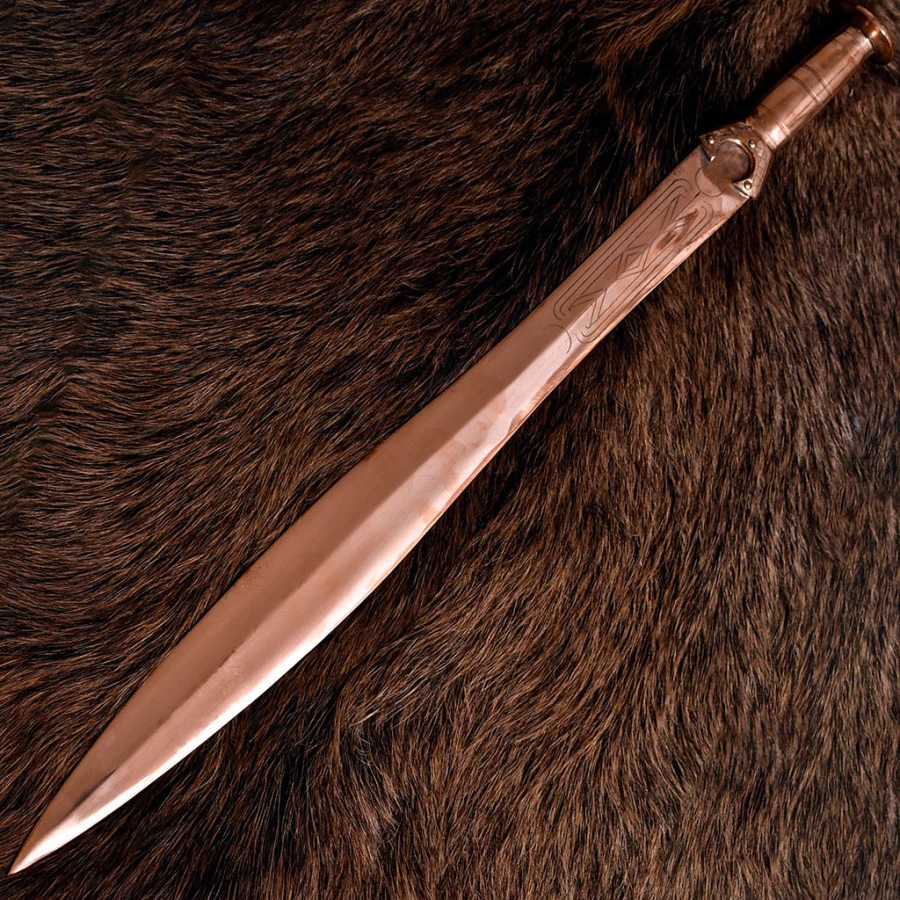
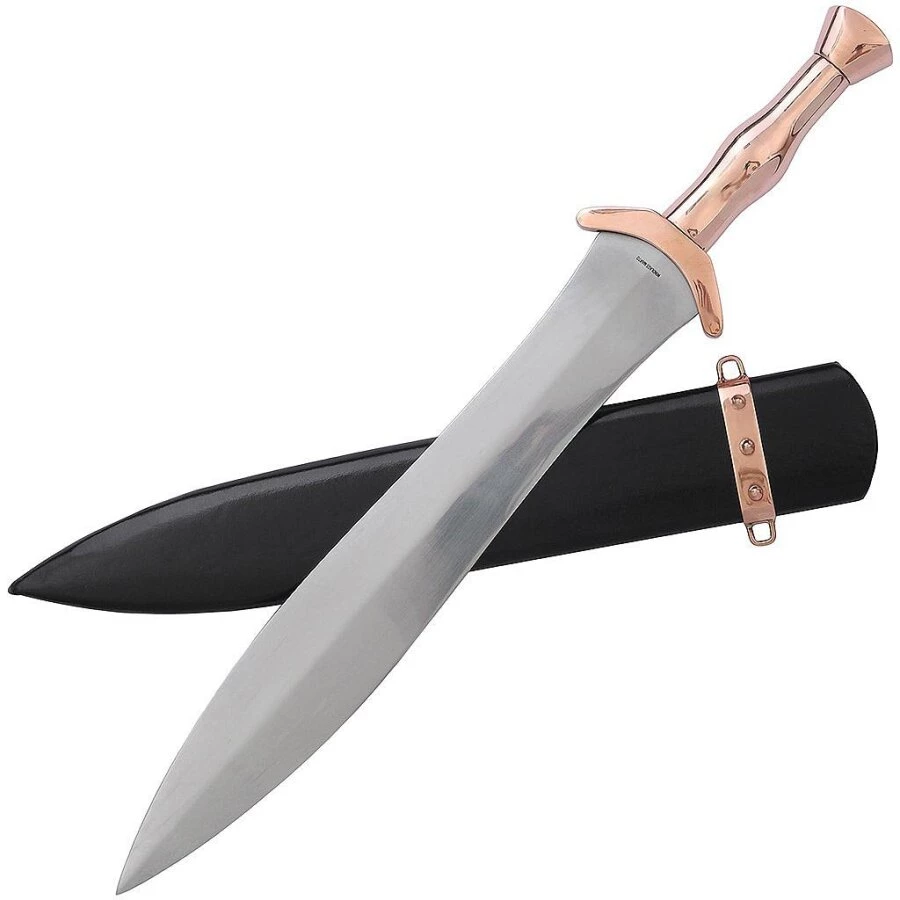
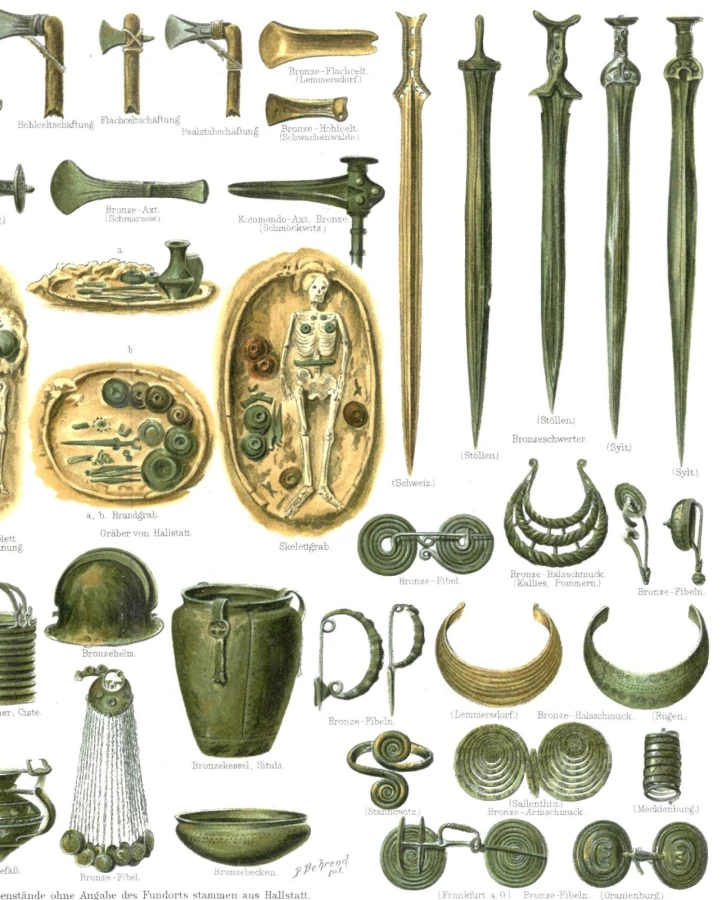
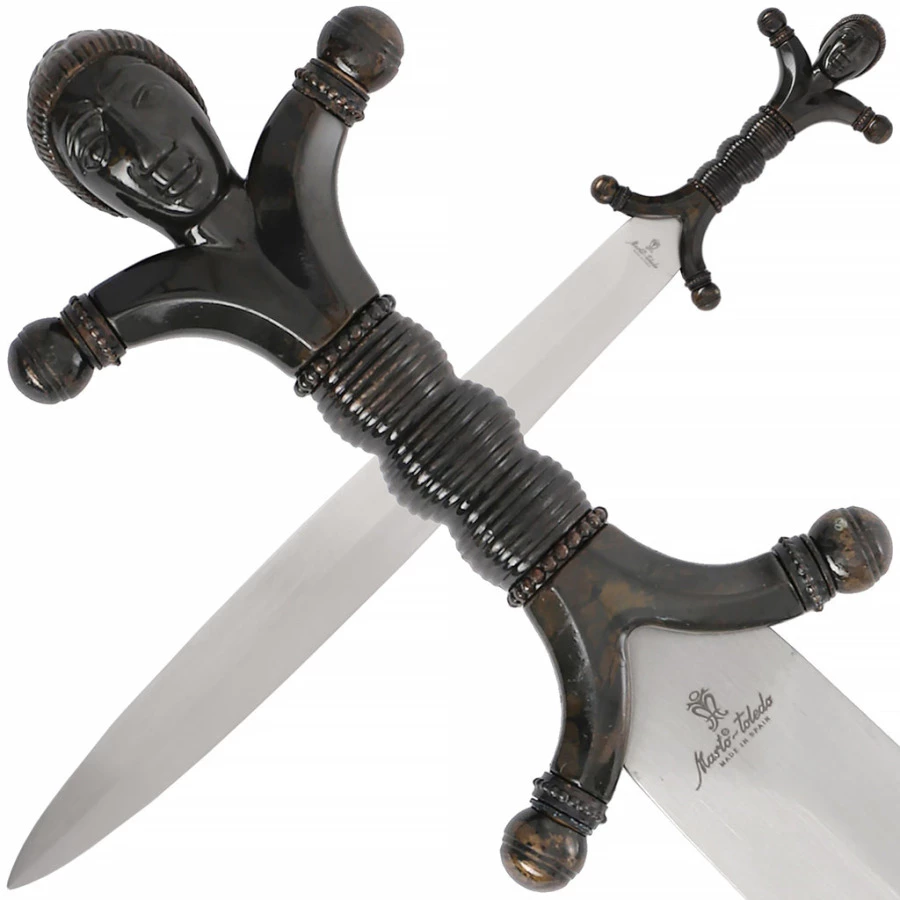
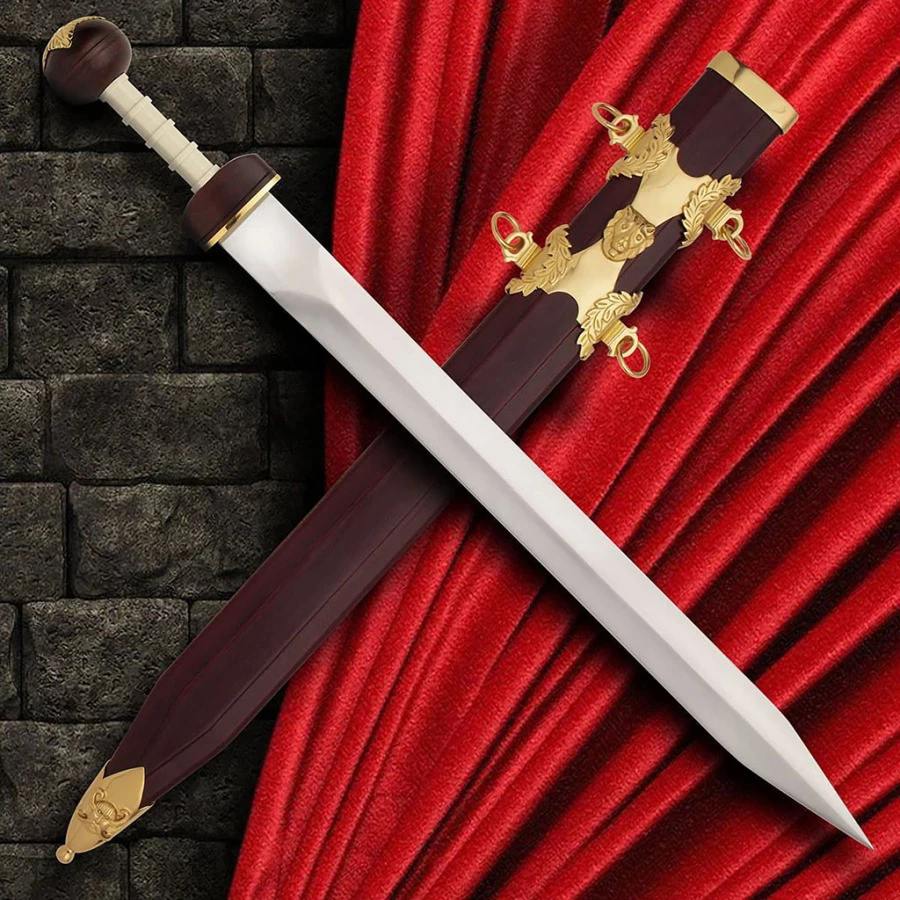
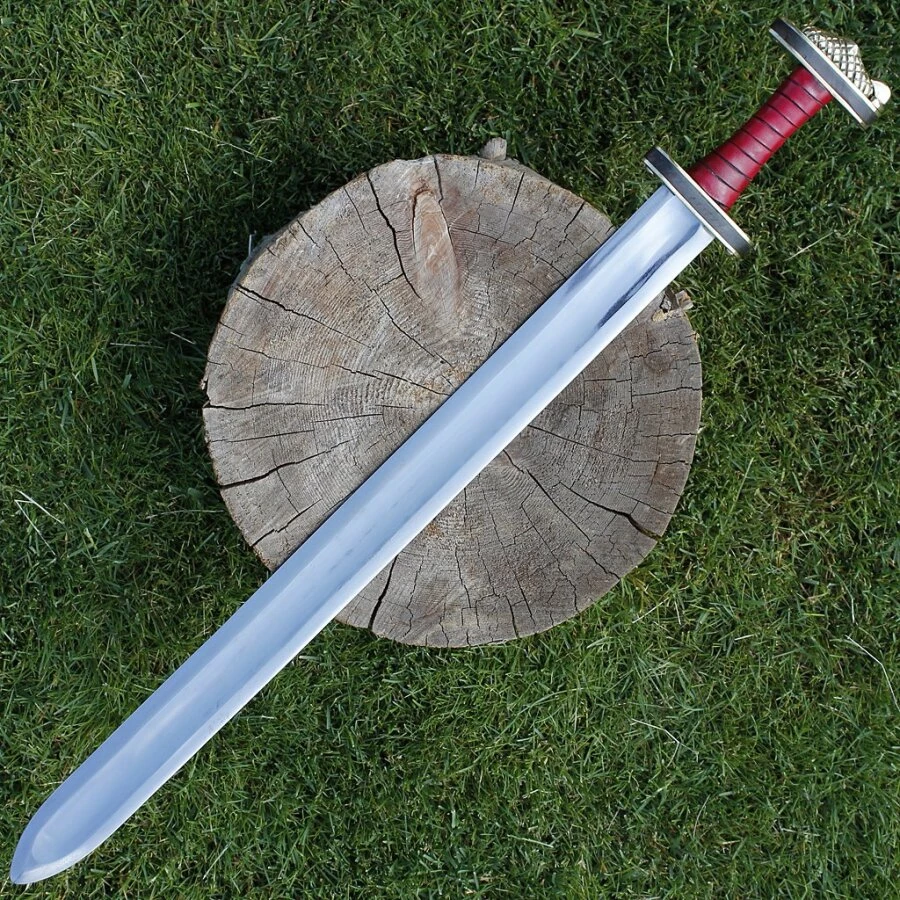
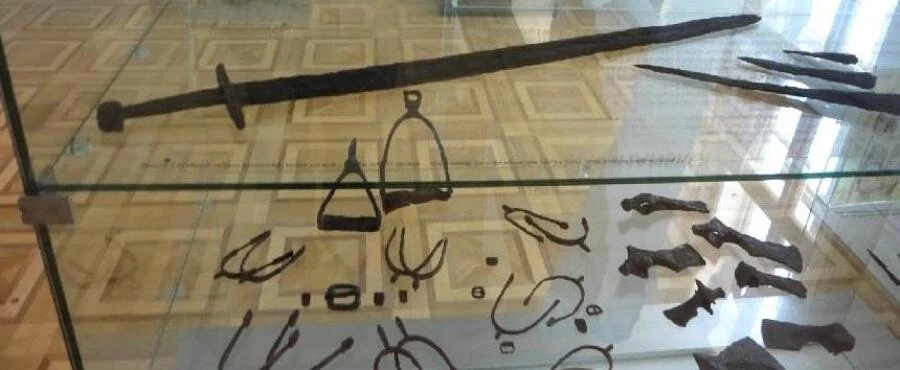
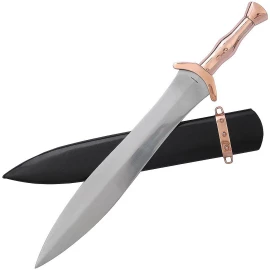
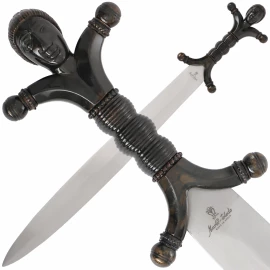
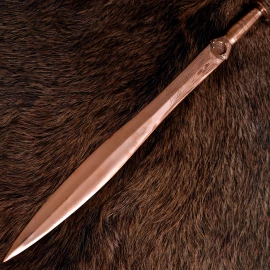
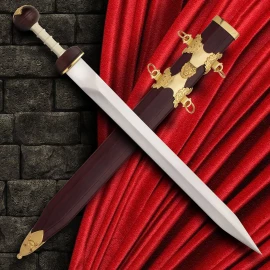
Comments